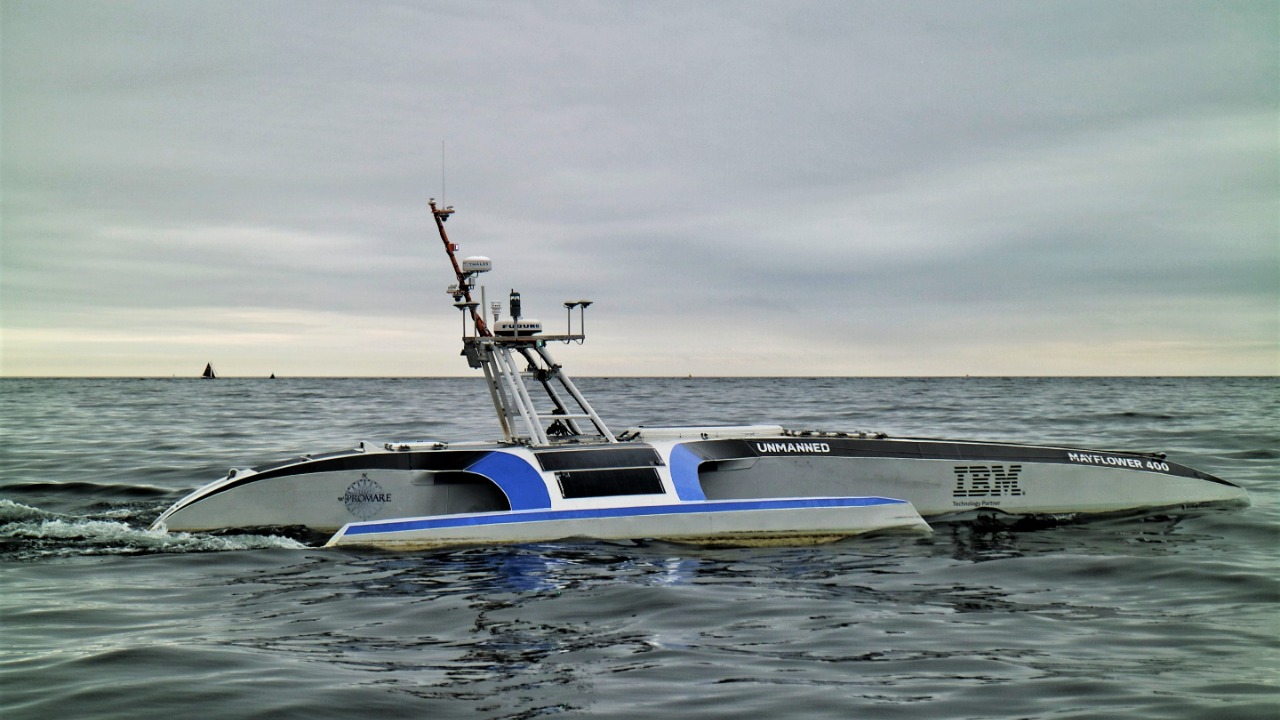
The maritime industry is undergoing a significant transformation with the advent of autonomous ships that are capable of navigating without crews. These innovative vessels leverage advanced technologies to enhance safety, efficiency, and sustainability on the open seas. As the industry moves towards automation, the potential benefits and challenges of crewless navigation come into sharper focus.
The Rise of Autonomous Ships
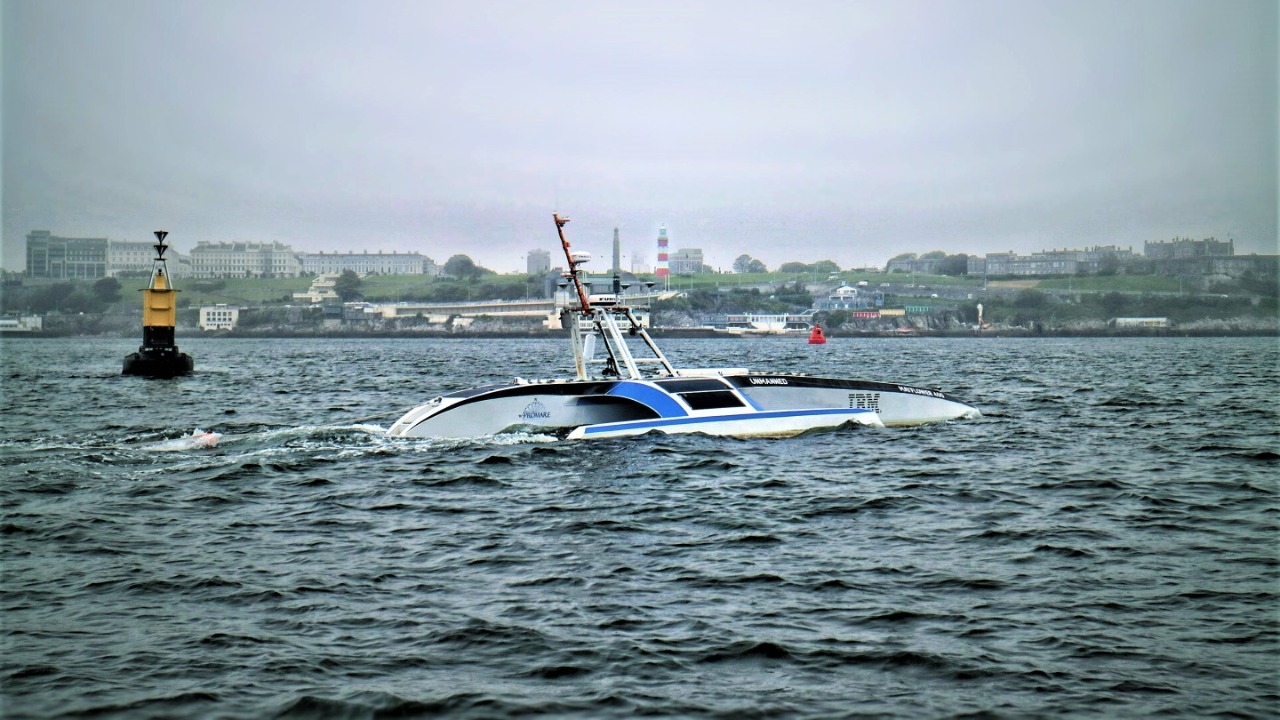
The journey from traditional to autonomous shipping is marked by a series of technological milestones. Historically, the maritime industry has been slow to adopt automation compared to other transportation sectors. However, recent advancements have changed that narrative dramatically. The shift towards autonomy began with the introduction of semi-autonomous vessels that required minimal human intervention, paving the way for fully autonomous ships.
Key players such as Rolls-Royce, Kongsberg, and Wärtsilä have been at the forefront of this evolution. These companies, along with research organizations and universities, have been instrumental in developing the technologies that power autonomous ships. For example, Rolls-Royce launched its first autonomous ship project, the Advanced Autonomous Waterborne Applications Initiative, which aims to create fully autonomous cargo vessels.
Technological breakthroughs have been the driving force behind this transformation. The integration of advanced sensors, artificial intelligence, and machine learning has enabled ships to navigate and make decisions independently. These innovations are not only enhancing the operational efficiency of ships but also improving their safety and environmental footprint.
Technological Foundations
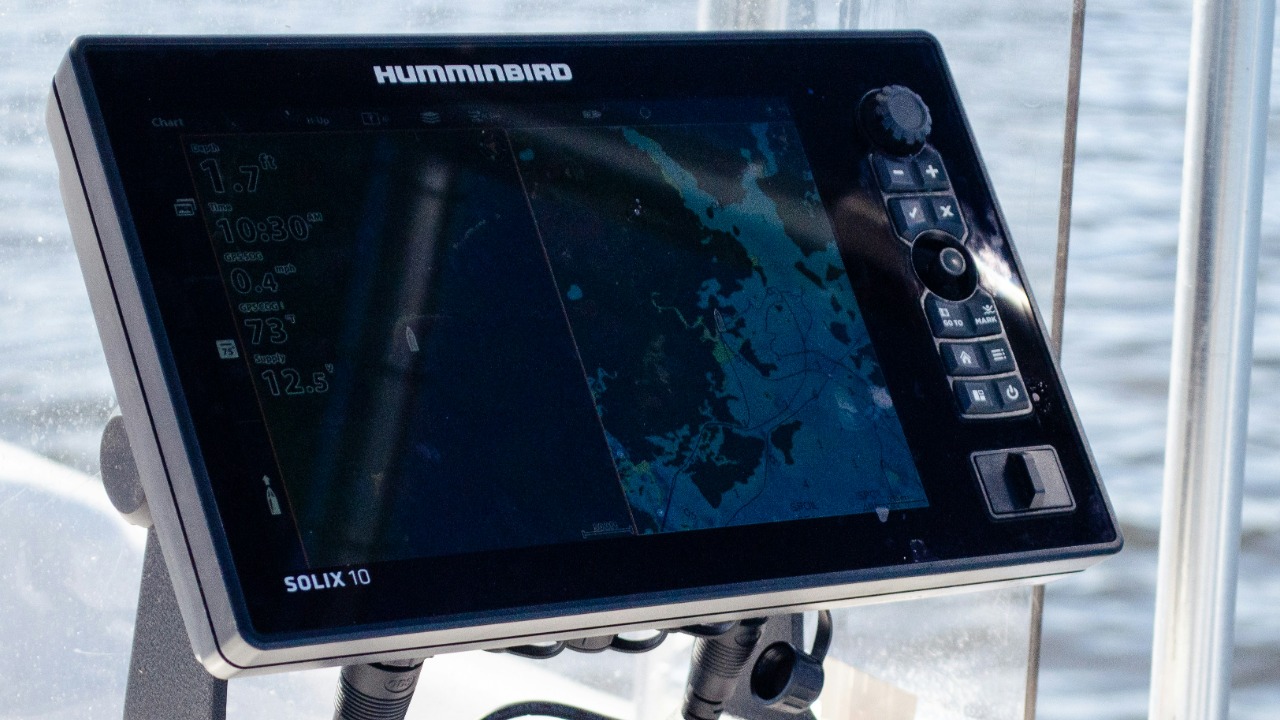
The technological backbone of autonomous ships lies in the integration of sophisticated sensors and artificial intelligence. These components work in tandem to enable the vessel to perceive its surroundings and make informed decisions. Sensors collect data on weather conditions, sea traffic, and potential obstacles, while AI algorithms process this information to chart optimal courses and avoid collisions.
Collision avoidance systems are a critical aspect of autonomous navigation. These systems employ technologies such as radar, LIDAR, and computer vision to detect and track nearby objects. By continuously analyzing data from these sources, autonomous ships can anticipate potential threats and take evasive action to prevent accidents.
Communication and control are facilitated through remote operation centers that monitor and manage the ships. These centers rely on real-time data feeds, allowing operators to oversee multiple vessels from a centralized location. This setup not only enhances efficiency but also ensures that human expertise is available when needed to address complex situations.
Benefits of Autonomous Maritime Navigation
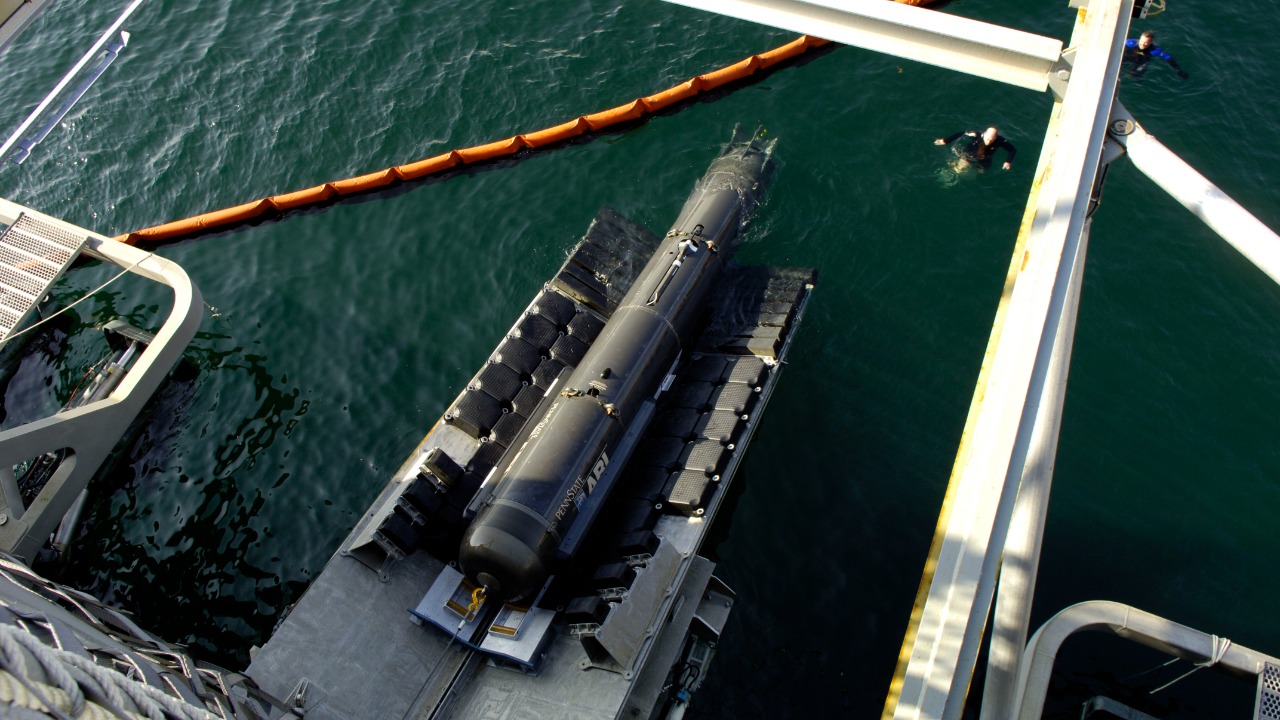
One of the most significant economic advantages of autonomous ships is the potential for cost savings. By reducing the need for onboard crews, shipping companies can lower labor costs and optimize operational efficiencies. Additionally, autonomous ships can operate continuously without the need for rest breaks, further enhancing productivity.
Safety improvements are another key benefit of autonomous maritime navigation. Human error is a leading cause of maritime accidents, and autonomous ships significantly reduce this risk by relying on precise data and algorithms. Enhanced situational awareness, enabled by advanced sensors and AI, ensures that these vessels can navigate safely even in challenging conditions.
Environmental impact is a growing concern in the maritime industry, and autonomous ships offer a promising solution. By optimizing routes and reducing fuel consumption, these vessels can help decrease emissions and minimize their carbon footprint. This aligns with global efforts to promote sustainability and combat climate change.
Challenges and Concerns

The transition to autonomous shipping is not without its challenges, particularly in the realm of regulatory hurdles. International maritime laws and regulations are complex and often outdated, posing significant obstacles to the widespread adoption of autonomous ships. Stakeholders must work collaboratively to establish a regulatory framework that addresses safety, liability, and operational standards.
Cybersecurity is another critical concern for autonomous ships. As these vessels rely heavily on digital systems, they are vulnerable to hacking and data breaches. Protecting these systems requires robust cybersecurity measures and continuous monitoring to safeguard against potential threats.
Ethical considerations also arise with the reduction of human presence on ships. The potential loss of jobs and the implications for maritime communities must be addressed. Additionally, questions about accountability in the event of an accident or system failure need to be thoroughly examined.
Future Prospects and Developments
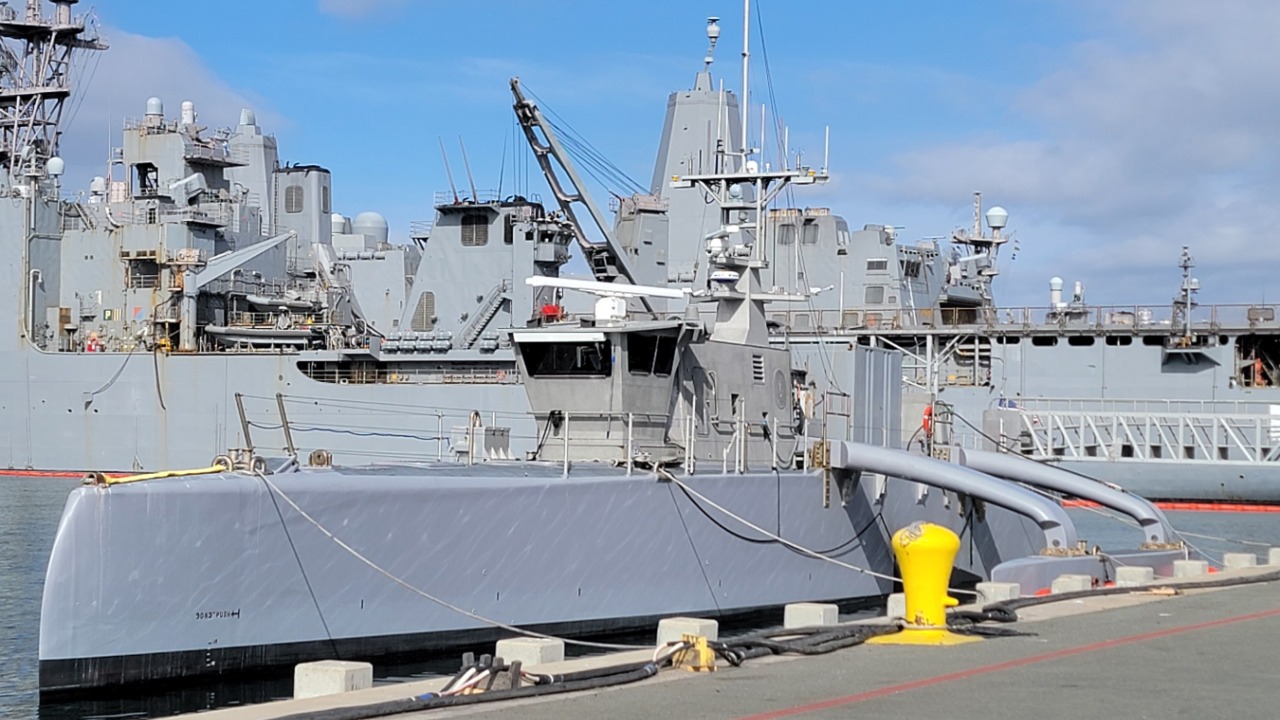
As the maritime industry continues to evolve, the widespread adoption of autonomous ships seems increasingly likely. Industry experts predict that we will see a gradual increase in the number of autonomous vessels over the next decade, driven by technological advancements and growing demand for efficient and sustainable transportation solutions.
Upcoming innovations promise to further revolutionize the field. Developments in AI, machine learning, and sensor technology are expected to enhance the capabilities of autonomous ships, enabling them to operate in even more complex environments. Collaboration between technology companies, regulatory bodies, and maritime organizations will be crucial in facilitating these advancements.
The global impact of autonomous ships could be profound, reshaping trade and logistics on a scale not seen since the advent of containerization. By reducing costs, enhancing safety, and minimizing environmental impact, autonomous ships have the potential to transform the maritime industry and contribute to a more sustainable future.